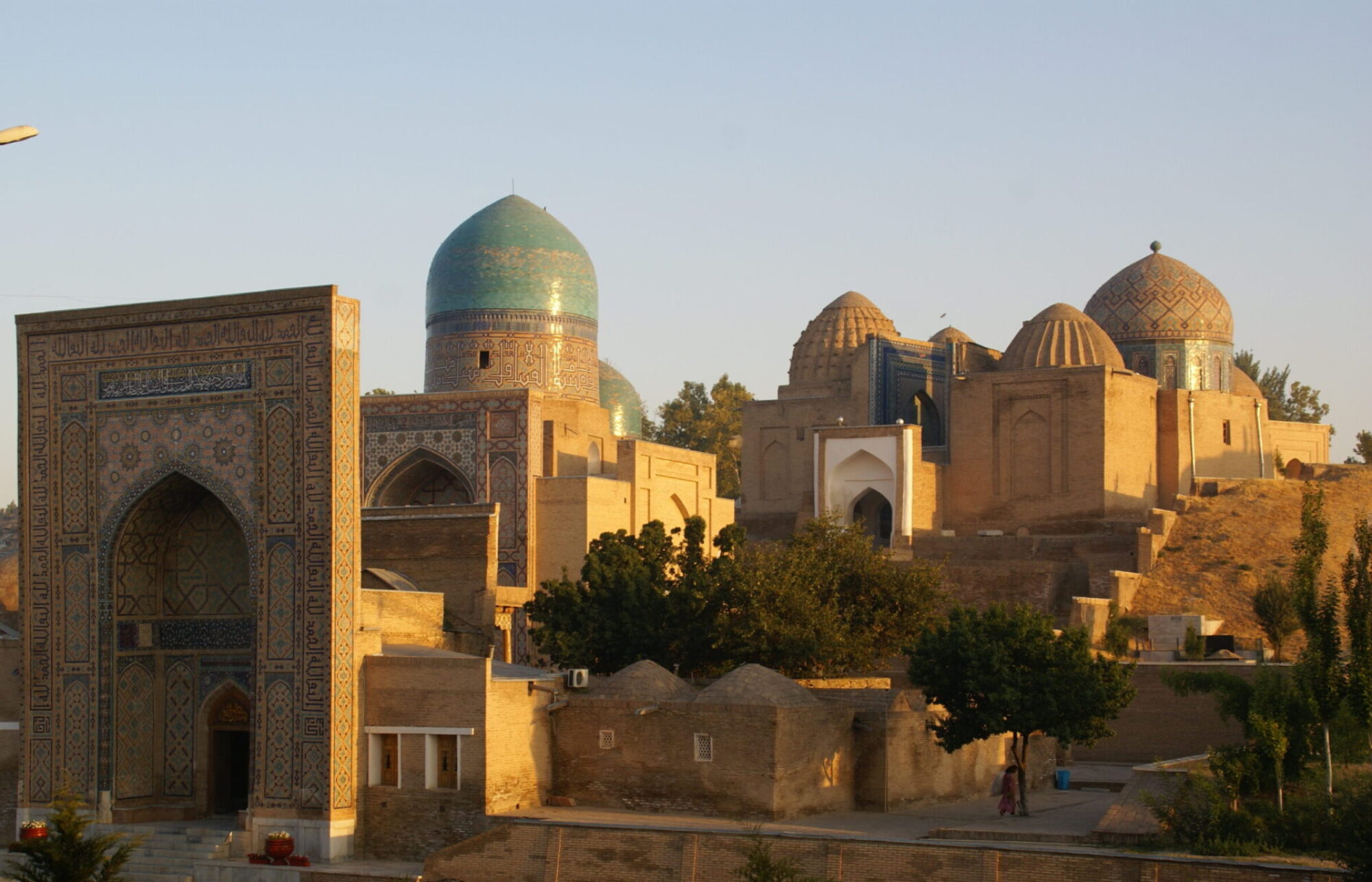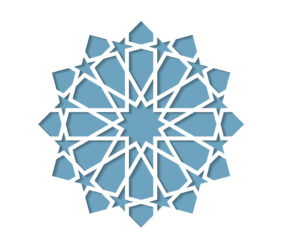A description of the terms munâjât and du‘â is given by Annemarie Schimmel:
” At the end of the ritual prayer, after pronouncing the greetings to angels and humans, one can utter personal prayers, petitionary prayers, du‘â or munâjât, intimate conversations.
[…] The content of these petitionary prayers is as variegated as are the needs of human beings. One can pray for any worldly good, for health, for relief from worries, for success, for children, or when seeing the new moon, and so on and so forth. But besides these practical human wishes, there are prayers for ethical values, like the prayer ‘Dress me in the garment of piety!’
[…] Many manuscripts from Islamic lands have a short prayer formula at the end or ask the reader to include the author and or the copyist in his prayers.
In the Persianate world, ‘Abdullâh‑i Ansârî’s (d. 1089) Munâjât are the first example of short, rhyming Persian prayers, interspersed by prayer poems, and in the course of the centuries the mystical prayers of Sufi masters like Mir Dard of Delhi (d. 1785), or the long chains of invocations used in the tradition of some Sufi orders, are beautiful examples of the never‑resting longing of the human heart.”
Annemarie Schimmel, Deciphering the Signs of God (Edinburgh 1994), pp. 145-146
The term munâjât denotes ‘extempore prayer’ in opposition to the salât, the ritual prayer. In the genre of the Persian masnawî, munâjât forms an obligatory part of the introduction (dîbâcha), given after the tawhîd, the opening section in which the unity of God is described. The beginning of the munâjât‑part is characterized by a transition from the third person to the second person singular.
A du‘â is a prayer of request, either positive or negative, a blessing or a curse. Like munâjât, du‘âs are personal prayers, but they are more formal in structure than the munâjât, which are purely personal utterings, only for a small part requests. The repetitional pattern in long munâjât is reminiscent of zikr, while the du‘â in Badakhshan is a formula, usually expressed after or at the conclusion of a long poem.
The hikâyats of Badakhshan usually end with a du‘â of several lines in which the poet pleads for his own spiritual welfare. Such du‘âs form an integral part of the hikâyat; these du‘âs are often followed by a separate du‘â of one bayt or by a prayer‑quatrain, a du‘â in the form of a quatrain. The du‘â is also an integral part of the classical Persian qasîda, being one of the three fixed parts (nasîb, madîh and du‘â) of the poem. In the classical qasîda, the du‘â usually consists of a few concluding lines containing prayer‑formulas.
The munâjât in Badakhshan consist of a varying number of double‑rhymed (i.e. the masnawî‑rhyme: aa, bb, cc, etc.) bayts, invocating God. The munâjât are introduced by xudâwandâ… (Oh God…). The words xudâwandâ, xudâyâ or ilâhâ occur also at the beginning of other lines, but many lines are without an invocation.

